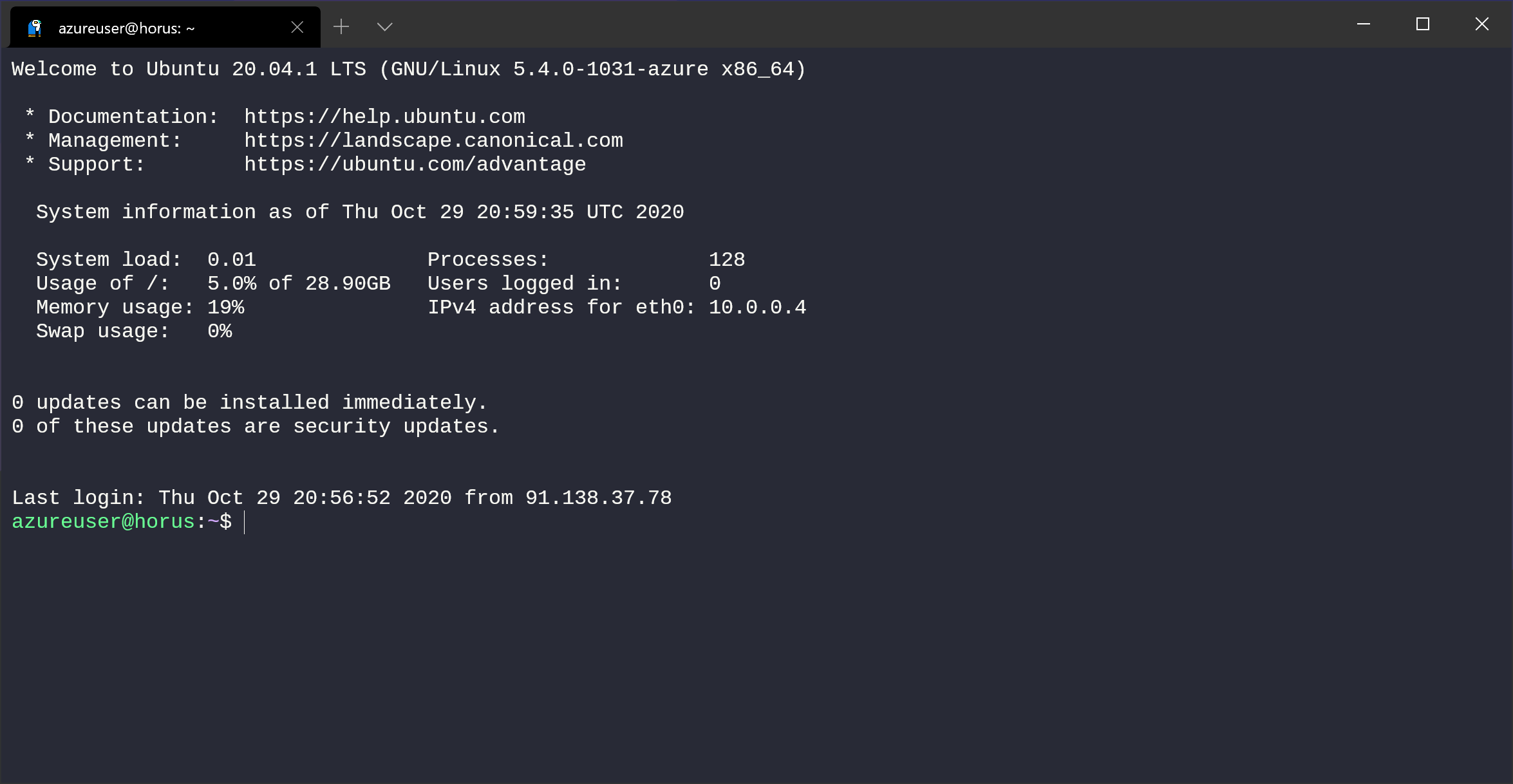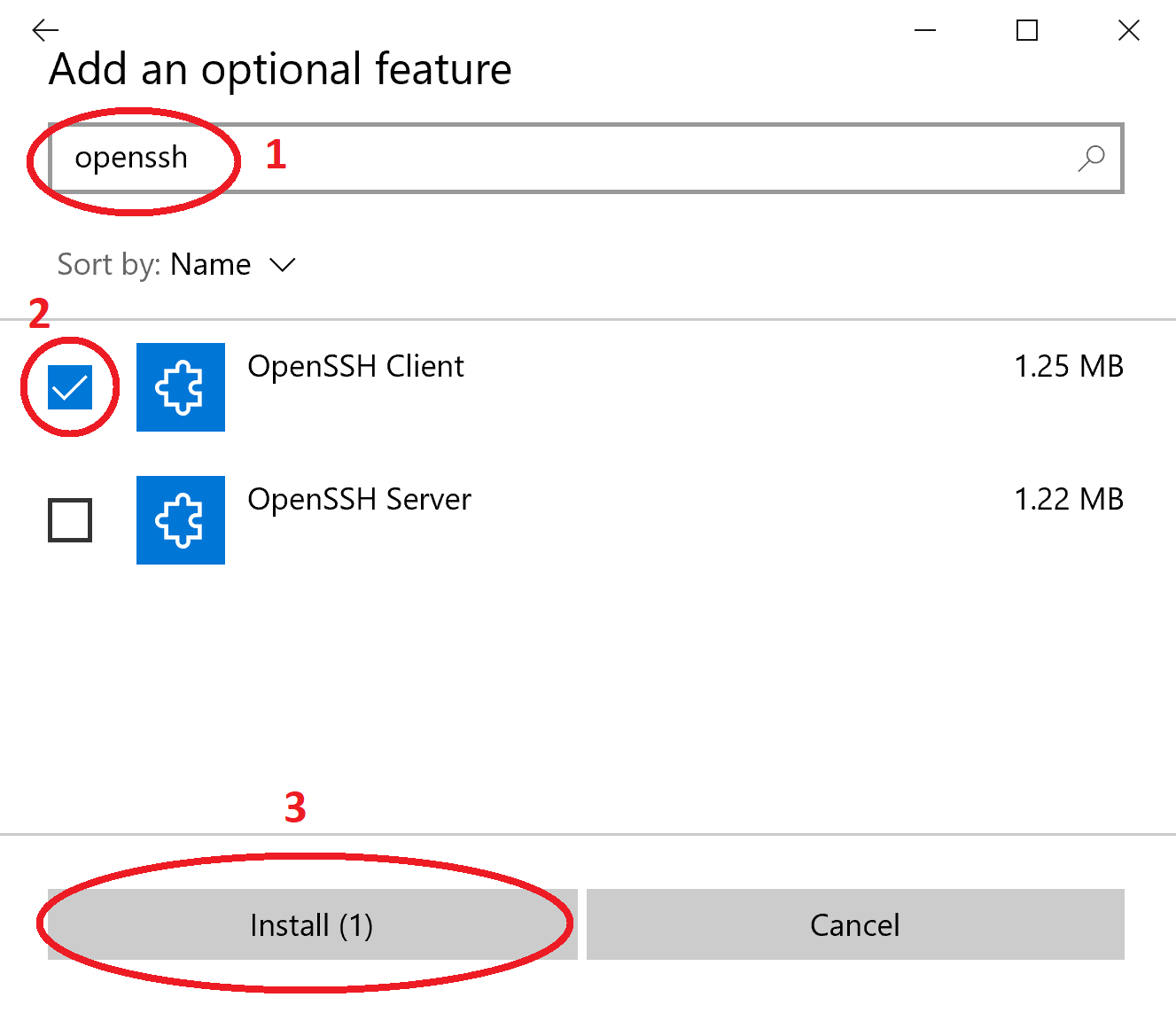Alright, listen up, folks. If you're here, chances are you're knee-deep in the world of remote networking and trying to wrap your head around RemoteIoT VPC SSH on Windows 10. Let’s be real, this stuff can feel like solving a Rubik's Cube blindfolded if you're not familiar with the lingo. But don’t sweat it—we’ve got your back. This guide is designed to break down the complexities into bite-sized chunks so you can actually make sense of it all.
Now, before we dive headfirst into the nitty-gritty, let me paint a picture for you. Imagine being able to securely connect to your IoT devices or virtual private cloud (VPC) from anywhere in the world, all from the comfort of your Windows 10 machine. Sounds pretty cool, right? Well, that’s exactly what we’re talking about here. RemoteIoT VPC SSH is your golden ticket to making that happen.
But hold up—before we get too far ahead of ourselves, let’s make sure we’re all on the same page. In this article, we’re going to cover everything you need to know about setting up, troubleshooting, and optimizing your RemoteIoT VPC SSH connection on Windows 10. So grab a snack, pour yourself a drink, and let’s get started.
- Sara Saffari Nude Unveiling The Truth And Setting The Record Straight
- Subhashree Sahu Bathroom The Hype The Truth And Everything In Between
Table of Contents:
- Introduction to RemoteIoT VPC SSH
- Understanding the Basics of SSH and VPC
- Step-by-Step Setup Guide
- Essential Tools and Software
- Securing Your SSH Connection
- Common Issues and Troubleshooting Tips
- Optimizing Performance
- Integrating with IoT Devices
- Best Practices for RemoteIoT VPC SSH
- Wrapping It Up
Introduction to RemoteIoT VPC SSH
Alright, let’s kick things off by talking about what RemoteIoT VPC SSH actually means. First off, SSH stands for Secure Shell, and it’s basically a protocol that lets you securely connect to remote servers or devices. Now, when you throw VPC (Virtual Private Cloud) into the mix, you’re talking about a private network that exists within a larger cloud infrastructure. It’s like having your own little corner of the internet where you can do your thing without worrying about prying eyes.
And then there’s the RemoteIoT part. This is all about connecting to Internet of Things (IoT) devices remotely. Whether you’re managing smart home gadgets, industrial sensors, or anything in between, RemoteIoT VPC SSH gives you the power to do it securely and efficiently.
- Hd Hub 4 U Your Ultimate Destination For Highquality Entertainment
- Desi Hd Mms The Ultimate Guide To Understanding History And Insights
So why does all this matter? Well, in today’s hyper-connected world, being able to manage your IoT devices and cloud resources from anywhere is a game-changer. Whether you’re a tech enthusiast, a business owner, or just someone who wants to automate their life, mastering RemoteIoT VPC SSH on Windows 10 is a skill worth having.
Understanding the Basics of SSH and VPC
What is SSH?
SSH, or Secure Shell, is like the Swiss Army knife of remote connections. It lets you securely log into another computer over an unsecured network, which is super important when you’re dealing with sensitive data. Think of it as a secure tunnel that protects your communication from eavesdroppers.
What is VPC?
A Virtual Private Cloud (VPC) is essentially a private network that lives inside a larger cloud environment. It’s like having your own little fortress where you can store your data, run your applications, and connect your devices without worrying about outsiders peeking in. VPCs are a staple in cloud computing because they offer isolation, security, and flexibility.
Why Combine Them?
When you combine SSH with VPC, you get a powerful duo that lets you securely access and manage your cloud resources and IoT devices from anywhere. It’s like having a superpower that lets you control your digital universe with ease.
Step-by-Step Setup Guide
Now that we’ve covered the basics, let’s talk about how to set up RemoteIoT VPC SSH on Windows 10. Don’t worry, I’ll walk you through it step by step so you don’t get lost.
Step 1: Install OpenSSH
First things first, you need to install OpenSSH on your Windows 10 machine. Here’s how:
- Go to Settings > Apps > Optional Features.
- Click on “Add a feature” and search for “OpenSSH Client.”
- Select it and hit “Install.”
Step 2: Configure Your VPC
Next, you’ll need to set up your VPC. This involves creating a virtual network, setting up subnets, and configuring security groups. If you’re using AWS, Azure, or Google Cloud, they all have pretty straightforward guides on how to do this.
Step 3: Connect via SSH
Finally, it’s time to connect. Open up your command prompt or PowerShell and type:
ssh [username]@[IP address]
Replace [username] with your actual username and [IP address] with the IP address of your VPC instance. Easy peasy, right?
Essential Tools and Software
Now, let’s talk about some tools and software that can make your life easier when working with RemoteIoT VPC SSH.
1. PuTTY
PuTTY is a free and open-source SSH client that’s super popular among Windows users. It’s lightweight, easy to use, and packed with features.
2. FileZilla
If you need to transfer files between your local machine and your VPC instance, FileZilla is your go-to tool. It supports SFTP (SSH File Transfer Protocol), which is a secure way to move files around.
3. Visual Studio Code
For developers, Visual Studio Code is a must-have. It has an SSH extension that lets you seamlessly connect to your remote servers and edit files directly in your editor.
Securing Your SSH Connection
Security is a big deal when it comes to SSH. You don’t want some random hacker gaining access to your VPC or IoT devices. Here are a few tips to keep your connection safe:
- Use strong, unique passwords.
- Enable two-factor authentication (2FA) whenever possible.
- Restrict access to specific IP addresses.
- Regularly update your software and firmware.
Common Issues and Troubleshooting Tips
Even the best-laid plans can go awry sometimes. Here are a few common issues you might encounter and how to fix them:
Issue 1: Connection Refused
This usually happens when the SSH service isn’t running on the remote server. Check the server logs to see what’s going on and restart the SSH service if needed.
Issue 2: Permission Denied
This one’s usually a result of incorrect credentials or misconfigured permissions. Double-check your username, password, and security settings.
Optimizing Performance
Once you’ve got everything up and running, you might want to tweak a few settings to optimize performance. Here are a few ideas:
- Use compression to speed up data transfer.
- Limit the number of concurrent connections.
- Monitor bandwidth usage to avoid bottlenecks.
Integrating with IoT Devices
Now, let’s talk about the fun part—integrating your IoT devices with your VPC. Whether you’re setting up a smart home or managing industrial sensors, SSH can be a powerful tool for remote management.
1. Smart Home Automation
Use SSH to remotely control your smart home devices, like lights, thermostats, and security cameras. It’s like having a remote control for your entire house.
2. Industrial IoT
In industrial settings, SSH can be used to monitor and control sensors, machines, and other equipment. This can help improve efficiency and reduce downtime.
Best Practices for RemoteIoT VPC SSH
Finally, let’s wrap things up with a few best practices to keep in mind:
- Regularly back up your data.
- Keep your software and firmware up to date.
- Monitor your logs for suspicious activity.
- Document your setup and configuration for future reference.
Wrapping It Up
Well, there you have it—your ultimate guide to mastering RemoteIoT VPC SSH on Windows 10. Whether you’re a seasoned pro or a total newbie, I hope this article has given you the knowledge and confidence to take your remote networking skills to the next level.
Before you go, I’d love to hear your thoughts. Did I miss anything? Do you have any tips or tricks of your own? Drop a comment below and let’s keep the conversation going. And if you found this article helpful, don’t forget to share it with your friends and followers. Until next time, stay safe and keep hacking!
- Vegamovies Netflix The Ultimate Guide To Plantbased Entertainment
- Joyy Mei Nude The Truth Behind The Sensation


